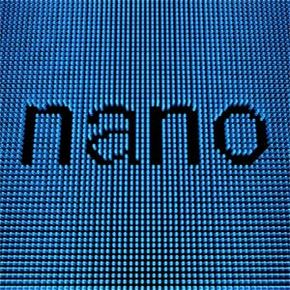Science-fiction fans are fond of the idea, penned by Arthur C. Clarke, that "any sufficiently advanced technology is indistinguishable from magic." With the advent of nanotechnology, the seemingly miraculous materials, supernatural superconductivity and paranormal photonics that have fueled fantasy for years seem to be just around the corner.
Everybody knows that magic comes at a cost, however, and some have begun to question whether, when the colloidal dust settles from the nascent nanorevolution, the ecological balance sheet will show us in the black -- or the red. Among them are the scientists, engineers and policymakers driving green nanotechnology.
Advertisement
Nanoscale particles are nothing unnatural or new. They occur in volcanic ash, sea spray, mineral composites and some kinds of bacteria, and we've worked with them since at least the fourth century [sources: Goldman and Coussens; NNI, "Nanotechnology 101"]. So what's changed? Advanced microscopy and manipulation methods have reached a tipping point, one that enables us to assemble tinker toys on the scale of individual atoms and strands of DNA.
It's an exciting place to be.
A nanometer is one billionth of a meter, or about 1/100,000 the thickness of a piece of paper. If a nanoparticle were the size of a marble, then one meter would be as big as the Earth [source: NNI, "Nanotechnology 101"]. This bogglingly small size is only half the story, however. The real magic of the nanoscale lies in the queer quantum rules that govern it, and the way they endow materials with remarkable characteristics. Compared to their macroscopic equivalents, nanomaterials might be stronger, better at conducting heat or electricity, or have different magnetic properties.
Industry has been quick to seize the potential. Nanotechnology has already found its way into hundreds of consumer products and industrial applications including computer chips, automobiles, sporting goods, clothing, cosmetics and dietary supplements. Yet, we are still only on the threshold of what is possible.
As progress accelerates, concern for the environment and for public health has given rise to a call for environmentally safe, even beneficial, nanoscale research and development.
Green nanotechnology involves two separate but related goals. On the one hand, the remarkable characteristics possible at the nanoscale promise myriad ways of making existing products and processes safer and more sustainable. On the other, researchers are increasingly finding ways to render nanotechnology less toxic throughout its life cycle. In this article, we'll take a tour of how these many approaches are playing out.
Now let's make like a leprechaun and get tiny and green.
Advertisement

